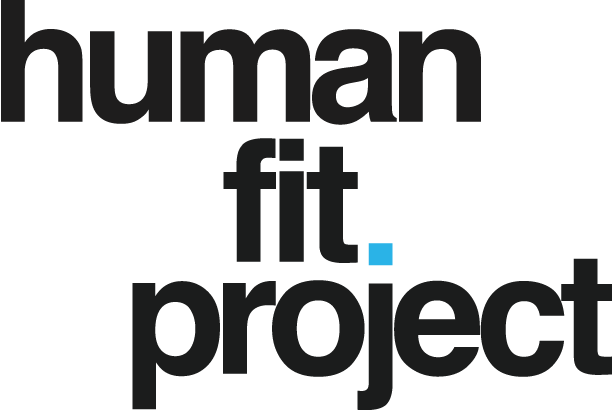Your focus should be on building or maintaining a solid base of core strength. If nothing else, that will take you a long way.
There are lots of core exercise options, but here are some top suggestions:
- Bird dog, dead bug, plank variations (regular and side)
- Curl-ups or leg lifts (lying or hanging)
- Supermans, and any type of rotational movement, like cable chops.
A combination of three or four of these movements for three sets of 8-12 reps every other day is a good standard.
Next, strengthen your entire body, even your upper body, but place a bit more emphasis on your hips and backside (aka, the posterior chain).
Single-leg exercises, like the single-leg deadlift, are a great option. Glute bridges and hip hinges are also helpful supporting exercises for your hamstrings and glutes. And all other variations of deadlifts and squats are a good idea to incorporate for variety and ensuring there are no weak spots or “holes”.
For the upper body, basic chest presses and overhead presses are sufficient for “pushing” muscles and exercises like the row, pull-up, and or pulldown cover your “pulling” muscles. The goal here is to achieve balance throughout the body to improve performance while avoiding injury.
Finally, maintain and improve your mobility and flexibility by stretching throughout the day whenever possible. Move in different directions: Variations of spinal twists, quad, and hamstring stretches do the trick.
If you’re running several days per week, here’s a sample schedule:
For all exercises, three sets of 8-12 reps with 30-60 seconds rest between sets is a benchmark.
Day 1
Upper body + core
Core: bird dog row, regular and side planks
Push: DB bench press, DB shoulder press, push-ups
Pull: DB row, pull-ups, pulldowns
Core: curl-ups or leg lifts, supermans
Day 2: off
Day 3 (do on your lowest volume/intensity run day)
Lower body + core
Core: bird dog row
Lower: single-leg deadlift, front squat, sumo squat, lunge
Core: cable chops, regular and side planks
Day 4: off
Day 5
Upper body + core
Core: bird dog row, regular and side planks
Push: DB bench press, DB shoulder press, push-ups
Pull: DB row, pull-ups, pulldowns
Core: curl-ups or leg lifts, supermans
Day 6 & 7: light core exercise, active recovery


